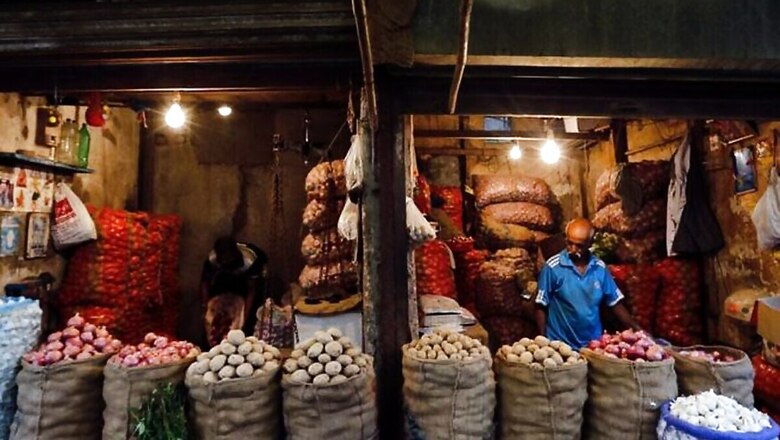
views
The Indian economy is likely to face inflationary pressures in the near term, as factors like supply chain disruption and lack of low-wage workers are expected to offset the deflationary pressures from subdued demand in the economy, says a report. According to Dun & Bradstreet's latest Economy Forecast, inflationary pressures are building up both from the demand and the supply side.
Dun & Bradstreet expects the Consumer Price Inflation (CPI) to have increased from 5.7 per cent to 5.9 per cent during July 2020. As per government data, retail inflation had increased to 6.09 per cent in June, mainly on account of higher prices of food items.
"Unanticipated localised lockdowns across the country is likely to raise uncertainty amongst the manufacturers and various other stakeholders in the supply chain who had planned to resume their operations. This has consequences not only for growth, but also for the underlying inflation dynamics in the economy," Dun & Bradstreet Global Chief Economist Arun Singh said. According to the report, inflationary pressures from supply disruptions, less availability of low wage labour, high tariffs on some imported commodities, and larger than adequate liquidity in the banking system might offset the deflationary pressures from subdued demand in the economy.
"It will be difficult for the Reserve Bank of India (RBI), as well as the government, to manage inflationary pressures while trying to generate growth impulses in the economy," Singh said, adding that "more stimulus measures are thus warranted as the financial health of firms remains weak". As per Dun & Bradstreet's business credit scores derived from the 2019 financial performance, 71 per cent of Indian businesses fall under the "slightly greater than average risk" category.
"This is because companies have recorded inconsistent growth trends, reported losses, faced liquidity issues and working capital challenges. This situation is expected to have further deteriorated due to the impact of COVID-19," Singh said.



















Comments
0 comment